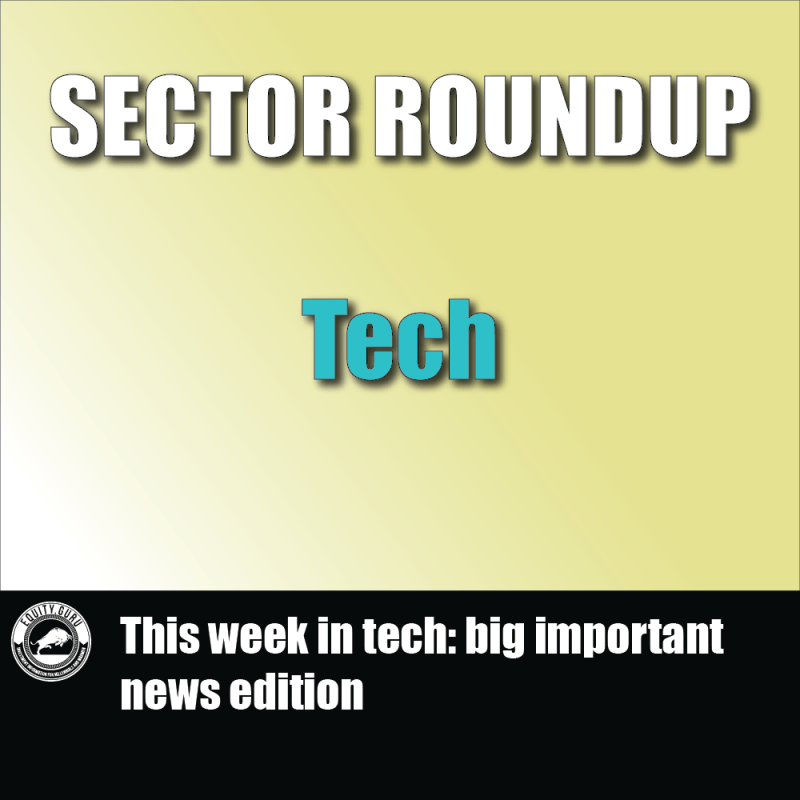Datametrex AI (DM.V) is busy developing an advanced statistical model using artificial intelligence and machine learning to keep effective monitoring surveillance on COVID-19 hot spots during the pandemic, according to a press release.
Advanced analytics and artificial intelligence were swiftly becoming a big deal before COVID-19 shut the planet down. These technologies have the potential to create $9.5 trillion to $15.4 trillion in annual global economic value according to “Notes from the AI frontier: Applications and value of deep learning,” the 2018 study performed by the McKinsey Global Institute.
“Our AI pandemic management and analytics platform supports the modelling and monitoring of COVID-19. By leveraging smart phones and other digital technology, we use our analytics to produce metrics that help governments and communities evaluate trends to enable strategic and efficient deployment of resources,” said Marshall Gunter, chief executive officer of the company.
DM is using their Nexalogy AI program to build automated tracking systems to mine data from social media and traditional news using NexaIntelligence for signs of COVID-19 outbreaks being discussed in real time. The company is also developing a follow-up through an early-alarm mapping system to keep tabs on the pandemic using a machine learning statistical model like pins on a map. This is being developed using automatic text analysis that identifies the subthemes to differentiate the noise-versus-signal ratio of news feeds for COVID-19, so at least theoretically, we can get a grip on where the worst cases are coming from.
Predicting positive results using scientific mapping brings new developmental options to treatment, where clusters can be screened using computer algorithms for tracking and tracing for viral testing protocols, and the information shuffled off to authorities who can implement appropriate quarantine and health care procedures.
The new system will collect, analyze and organize COVID-19 data from Twitter, Facebook, Tumblr, blogs, Web forums, on-line news sites, Google Alerts and RSS feeds.
—Joseph Morton







